The Enduring Allure of “The Gold Rush”: A Timeless Classic
Introduction:

Cinema serves as a powerful lens through which we explore history and reality, and “The Gold Rush” stands as a testament to this.
Directed by and starring the legendary Charlie Chaplin, this 1925 comedic masterpiece tells the story of a brave and optimistic prospector during the Klondike Gold Rush.
This review delves into the film’s historical context, Chaplin’s directorial techniques, and its profound social significance, highlighting the enduring charm and depth of “The Gold Rush.”
Part 1: A Glimpse into History
The early 20th-century American West was a land of promise, fueled by dreams of fortune and opportunity. It was against this backdrop that Charlie Chaplin conceived and directed “The Gold Rush,” a comedy that would resonate through generations.
This section explores the historical context of the film, focusing on the rise of the Gold Rush, the expansion and colonization of the American West, and the evolution of the film industry during the silent era.
The Allure of Gold
The discovery of gold in California in the mid-19th century sparked a frenzy, drawing countless individuals westward in pursuit of riches.
This period, known as the California Gold Rush, profoundly impacted American history. Beginning in 1848, tens of thousands of prospectors from across the United States and beyond flocked to California, hoping to strike it rich. The Gold Rush spurred railway construction and rapid urbanization, shaping a new society in the American West.
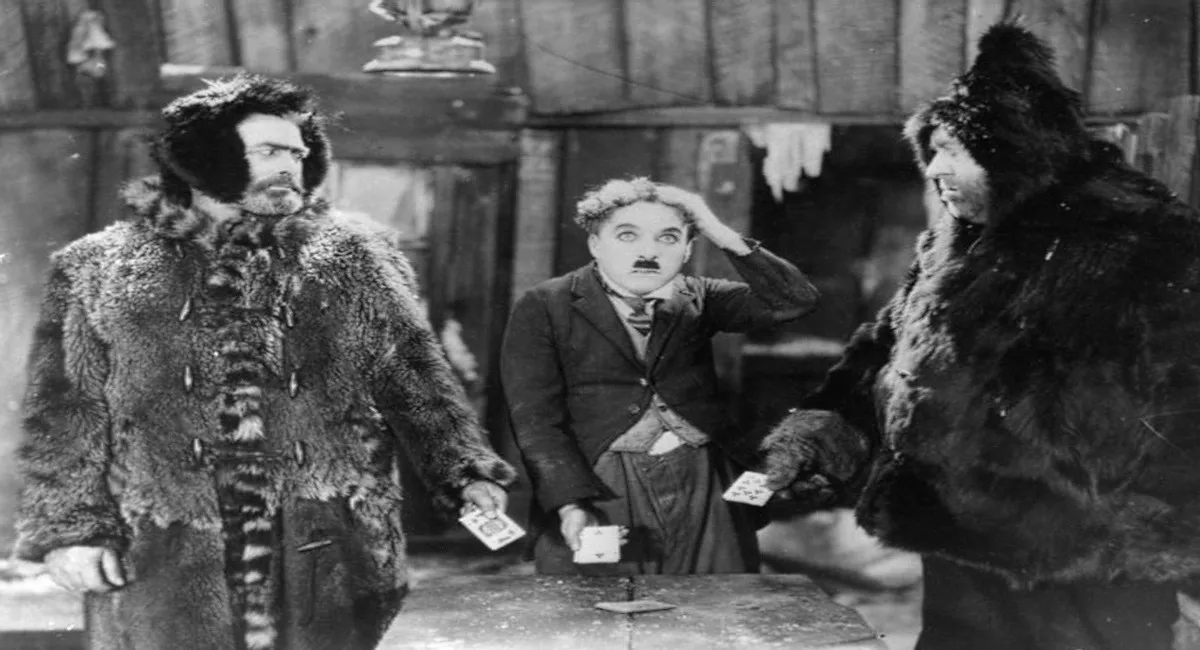
“The Gold Rush” is set against this vibrant historical backdrop. Chaplin’s character, Charlie, embodies the countless individuals who embarked on the arduous journey to find gold.
He represents the brave souls who believed that the Western frontier held the key to transforming their destinies.
Taming the West
Prior to the Gold Rush, the American West was a vast, largely unexplored territory with abundant resources, yet much of it remained undeveloped.
The Gold Rush triggered rapid expansion and colonization. People left their homes, traversing great distances to explore the unknown.
They established new towns and communities, cultivated farmland, and mined resources, contributing significantly to the growth and prosperity of the United States.
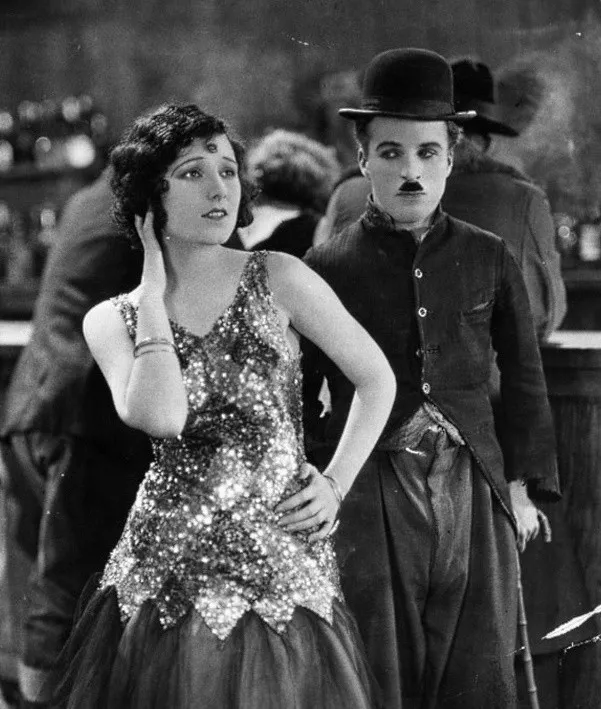
Scenes in “The Gold Rush” vividly depict the challenges of settling the American West.
Charlie and his companions struggle to survive in the harsh, snowy mountains, building cabins and mining for ore in the desolate wilderness, reflecting the arduous lives of the Western pioneers.
The Silent Screen
The early 20th century witnessed the rise of the film industry. Movies became a new art form and a popular source of entertainment, captivating audiences with visual storytelling.
During this era, films were silent, relying on imagery and intertitles to convey plot and dialogue, demanding innovative directorial techniques.
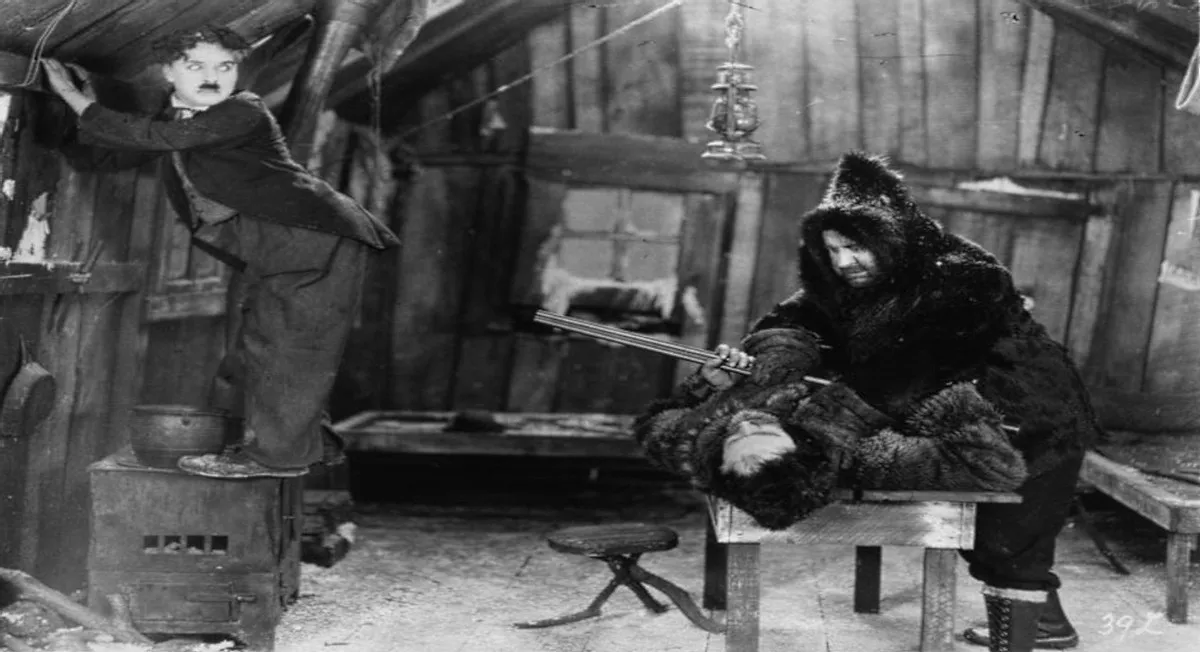
“The Gold Rush,” a silent film, showcases Chaplin’s unique comedic style.
Through physical comedy, facial expressions, and gestures, he masterfully portrays the hardships and optimism of the gold prospectors.
Chaplin’s carefully crafted scenes and camera work immerse the audience in the historical context of the American West, drawing them into the heart of the story.
“The Gold Rush” is not only a successful comedy but also a reflection of American history.
The Gold Rush and the expansion of the American West provided rich historical material, while the techniques of the silent film era presented unique creative challenges.
Understanding the film’s historical context allows us to appreciate its profound meaning and impact. “The Gold Rush” remains a cinematic masterpiece, its influence on film art and social commentary enduring through time.
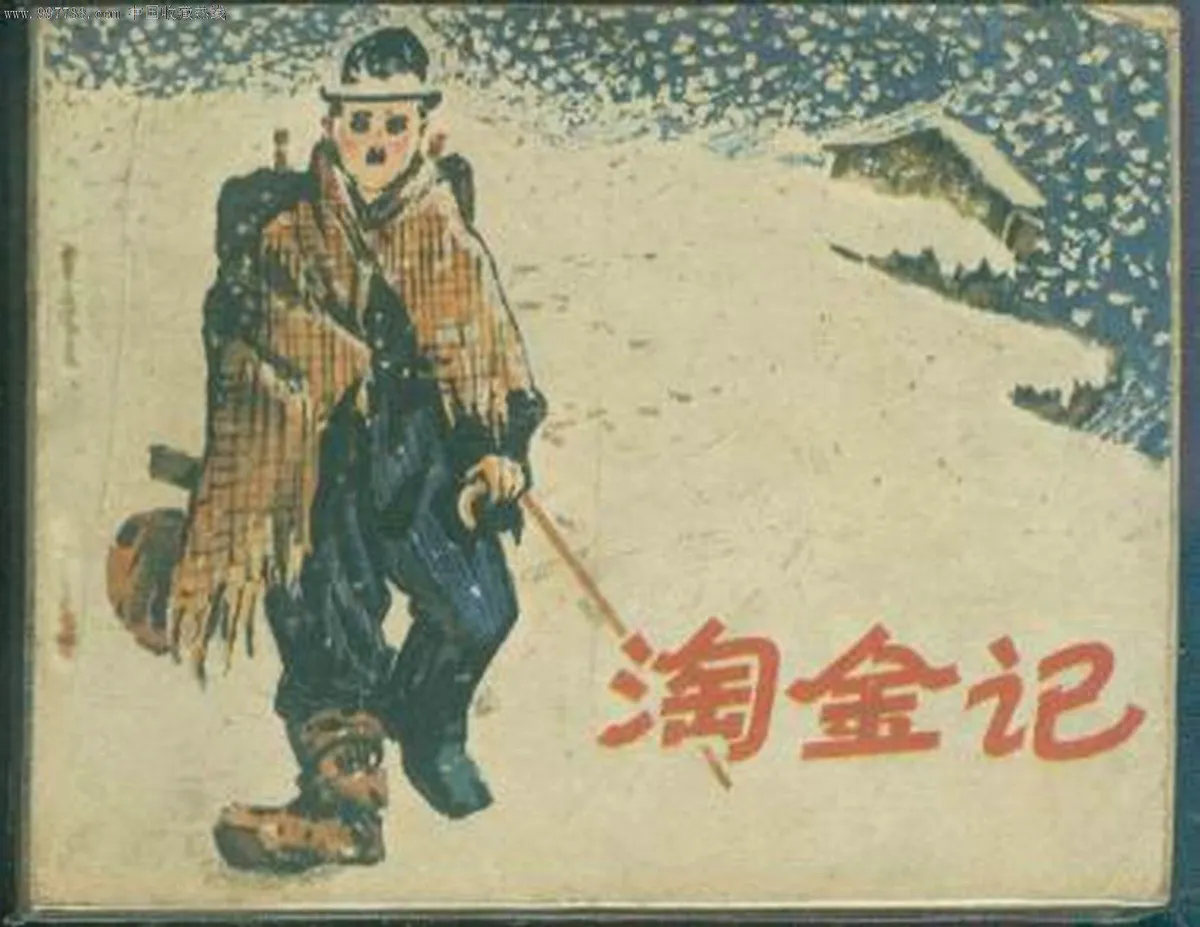
Part 2: Chaplin’s Directorial Brilliance
“The Gold Rush,” one of Charlie Chaplin’s most celebrated works, is renowned for its distinctive comedic style and innovative techniques.
This section explores Chaplin’s directorial methods, including his comedic timing, physical performance, and set design, which contribute to the film’s enduring appeal and depth.
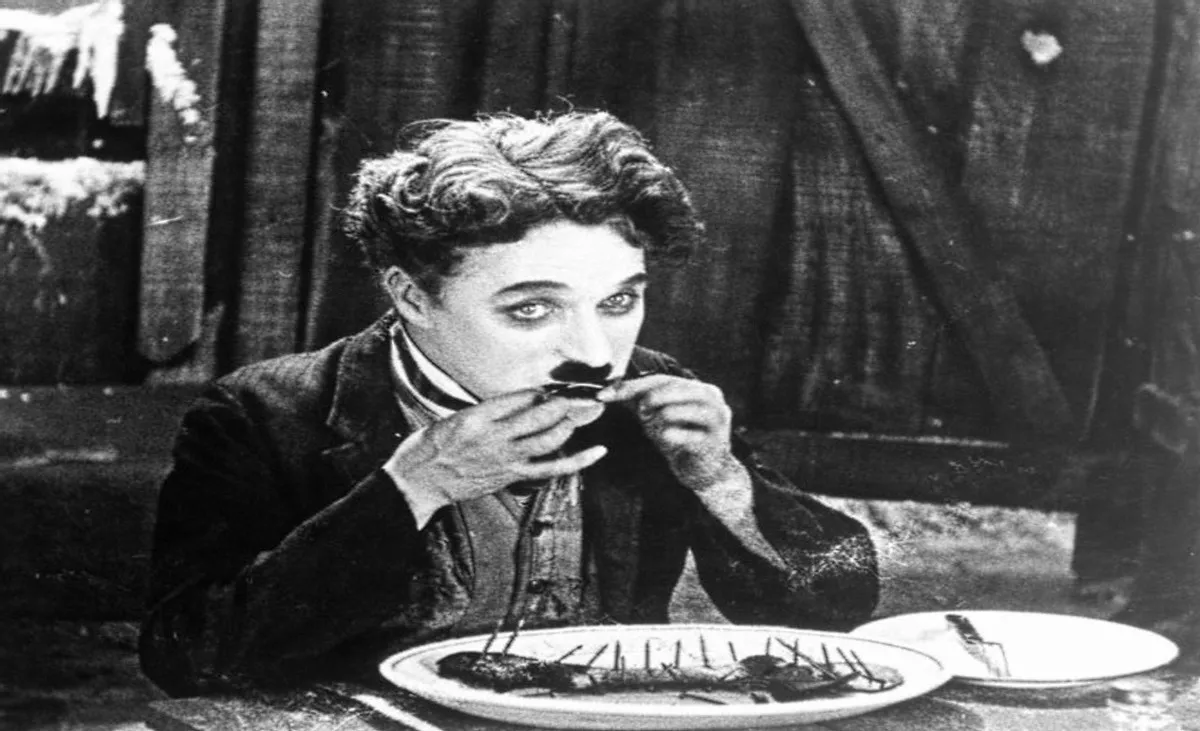
The Art of Comedy
Charlie Chaplin was a brilliant comedian and director, and “The Gold Rush” showcases his comedic genius. He masterfully placed comedic moments at crucial points in the narrative.
Classic scenes, such as Charlie’s dance on the precipice and his consumption of a boot, have become iconic. These comedic elements, while depicting the protagonist’s arduous journey, allow the audience to appreciate his optimism and humor.
Chaplin also skillfully employed contrast and exaggeration. Charlie, a simple and kind-hearted prospector, stands in stark contrast to the harsh environment.
His accidental entry into a lavish party highlights his awkwardness and elicits laughter. This contrast amplifies the comedic effect, resonating with the audience.
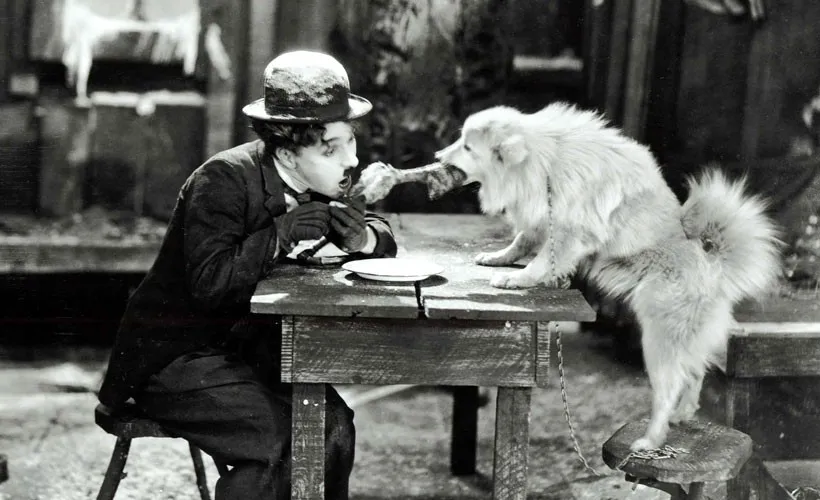
Physical Performance
Chaplin’s unique physical performance made him a legend. In “The Gold Rush,” his precise movements and expressions bring Charlie to life. Without relying on dialogue, Chaplin conveys a wealth of emotions and inner thoughts through his body language.
In one memorable scene, Charlie and his companion, starving in the wilderness, resort to eating Charlie’s boot. Chaplin’s exaggerated actions and pitiful expressions make this absurd situation both hilarious and poignant.
His physical performance transforms this scene into a classic moment that transcends language.
Set Design
Chaplin’s attention to set design in “The Gold Rush” is also noteworthy. The sets reflect the historical context of the American West during the Gold Rush and enhance the comedic effect.
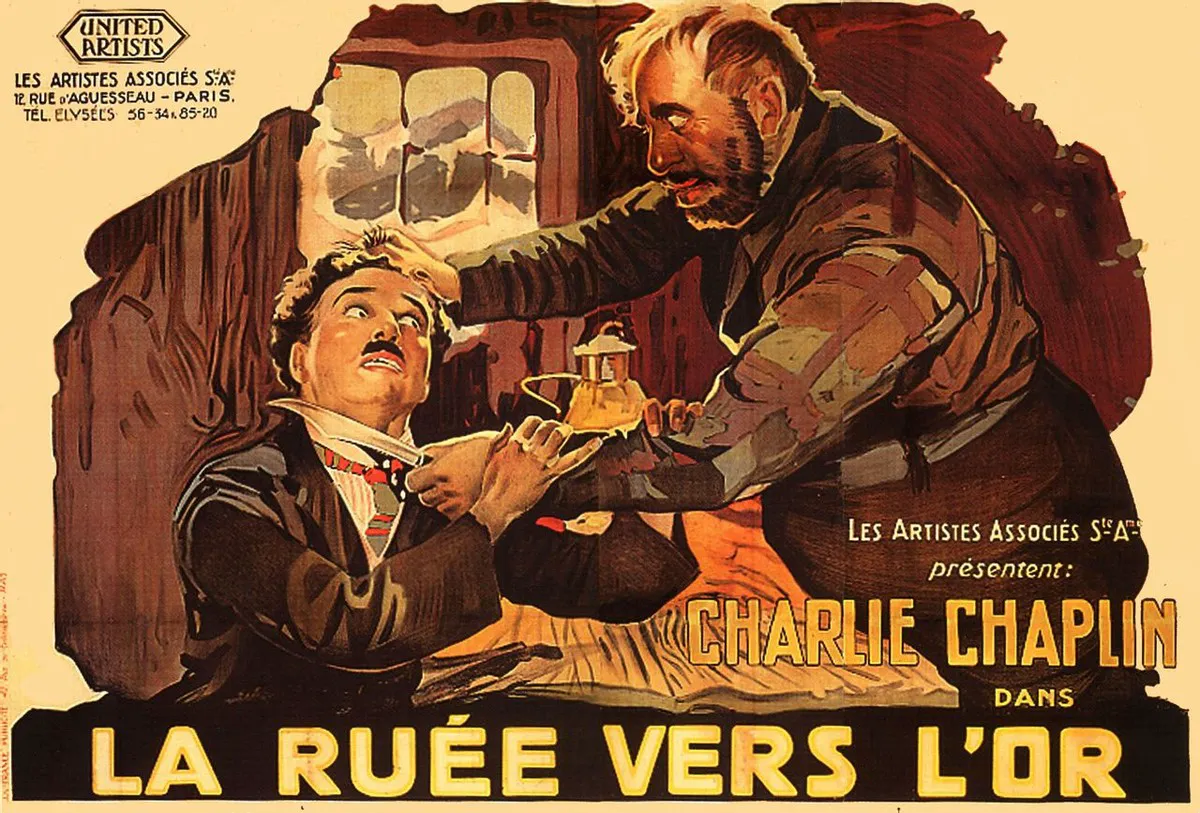
In the frigid, snowy mountains, Charlie and his companions face numerous challenges in their search for gold. These harsh, desolate settings contrast with the protagonist’s character, highlighting his resilience and optimism.
Additionally, the film features clever setups, such as Charlie’s accidental intrusion into a wealthy party, where he appears particularly comical. These scenes provide ample opportunities for comedic development, making the film more engaging and entertaining.
Chaplin’s directorial techniques are crucial to the success of “The Gold Rush.” His comedic timing, physical performance, and set design elevate the film to an enduring classic.
Through clever comedic elements, he vividly portrays the protagonist’s hardships and optimism, eliciting both laughter and empathy from the audience.
His masterful physical performance and meticulous set design enhance the film’s charm and depth. Chaplin’s directorial approach set a standard for comedy films, and “The Gold Rush” remains a cinematic masterpiece.
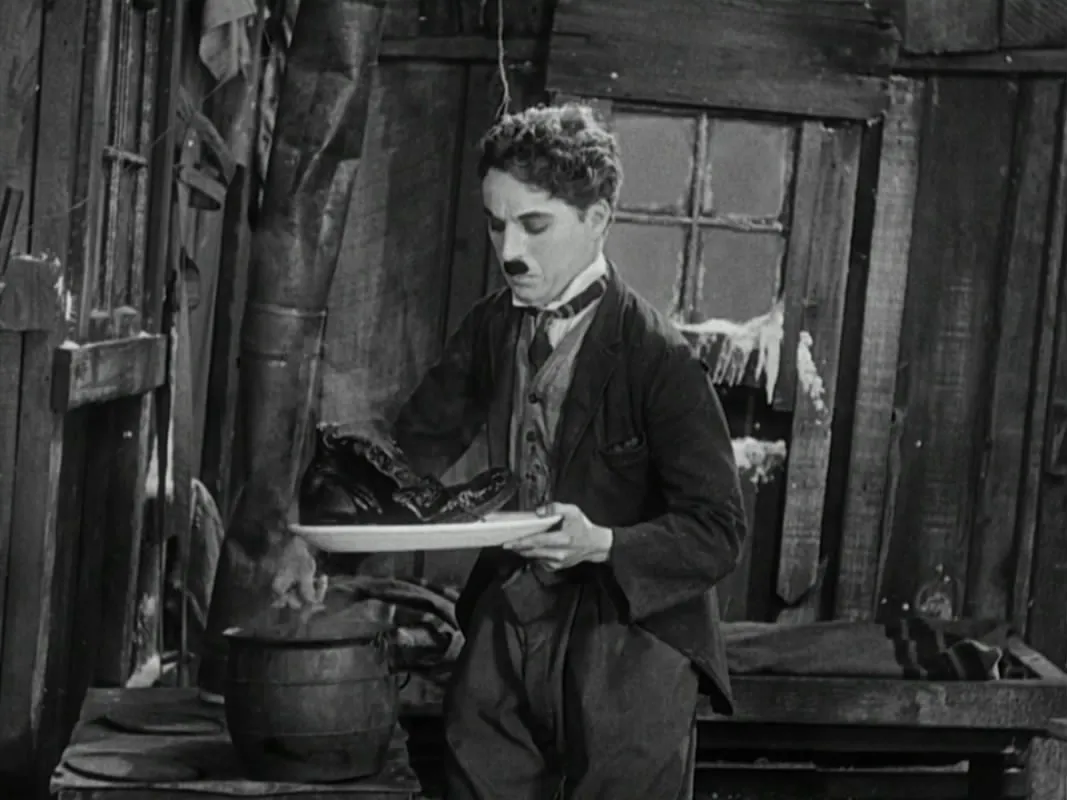
Part 3: Social Commentary
“The Gold Rush,” one of Charlie Chaplin’s most iconic works, transcends mere comedy, offering profound social commentary.
This section explores the film’s social significance, focusing on its portrayal of the American Dream and its social value during the Great Depression.
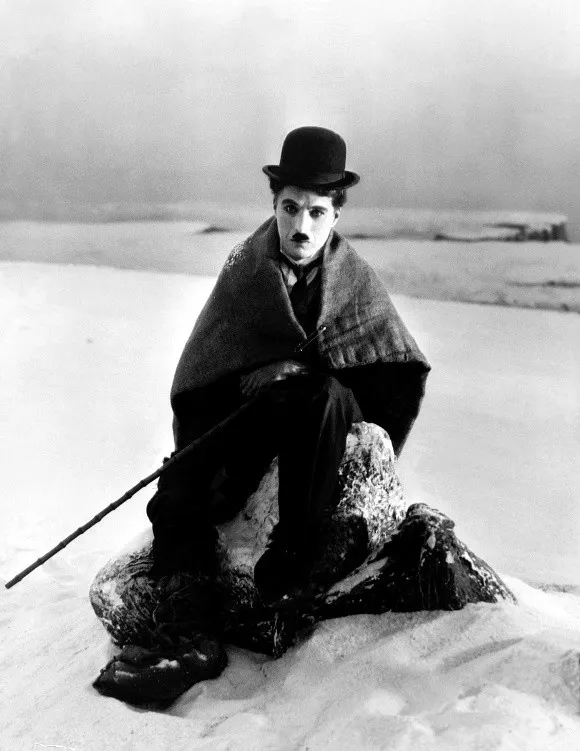
The American Dream
The American Dream, a core value in American society, represents individual freedom, equal opportunity, and the pursuit of happiness. In “The Gold Rush,” Charlie’s story unfolds against the backdrop of this pursuit.
Prospectors from diverse backgrounds seek gold in the American West, hoping to achieve personal success and wealth through their efforts. This pursuit of the American Dream permeates the entire film.
Despite facing numerous hardships and setbacks, Charlie never abandons his quest for gold. His unwavering spirit symbolizes the resilience and optimism inherent in the American Dream.
The film’s comedic approach to the pursuit of the American Dream allows the audience to appreciate its power and allure.
Hope During Hardship
“The Gold Rush” premiered in 1925, during the Great Depression, one of the most severe economic crises in American history.
The global economic downturn led to widespread unemployment and hardship. Yet, in this dark time, “The Gold Rush” offered a glimmer of hope.
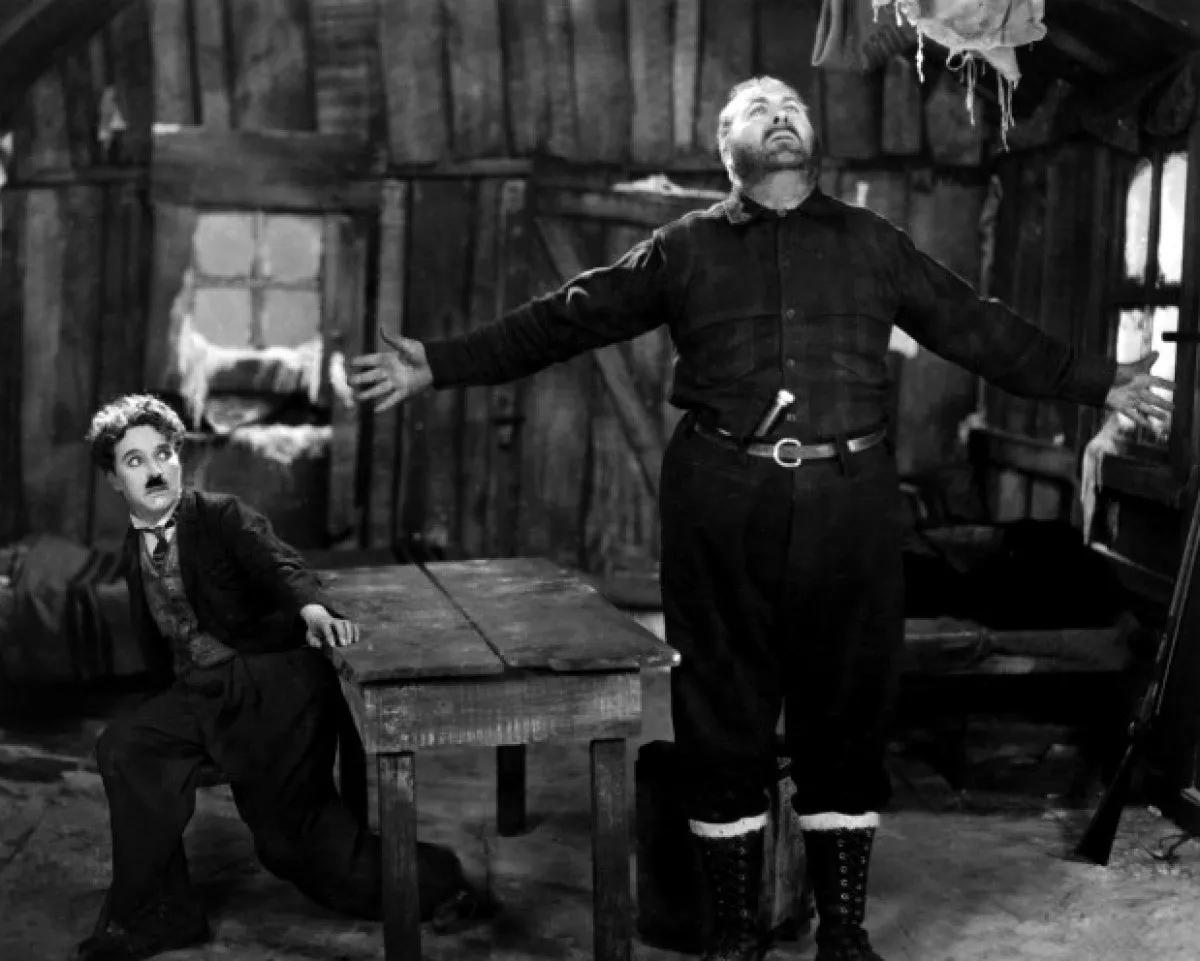
Charlie, despite facing numerous challenges, never loses his optimism and courage. He overcomes obstacles with humor and a positive attitude, setting an example for the audience.
This spirit held significant value during the Great Depression, encouraging people to remain optimistic, persevere, and seek their own “gold” in life.
The optimism and humor in “The Gold Rush” brought joy and solace to a society mired in suffering. The film became a source of spiritual sustenance, offering a moment of levity and escape.
In an era defined by despair and hardship, “The Gold Rush” provided laughter and hope, becoming a unique and cherished presence.

“The Gold Rush” carries profound social significance. By portraying the pursuit of the American Dream and the protagonist’s resilience, it celebrates and affirms the American Dream.
During the Great Depression, the film brought laughter and warmth, providing spiritual comfort in times of hardship.
Through its comedic approach, “The Gold Rush” instilled courage and hope, becoming a classic work of social value and significance.
“The Gold Rush” remains a cinematic masterpiece, its profound social commentary continuing to influence generations.
Part 4: Enduring Legacy
“The Gold Rush” stands as a classic of the silent film era, celebrated as a cinematic masterpiece. Its initial success brought laughter and emotion to audiences, setting new standards for film art.
Its influence extends far beyond its time, with its enduring legacy continuing to resonate today.

Firstly, “The Gold Rush” has profoundly impacted comedy and film art. Charlie Chaplin’s unique comedic style and techniques have served as a model for comedians and directors.
His physical performance, comedic timing, and narrative approach have inspired countless artists. Many filmmakers have drawn inspiration from Chaplin, incorporating his techniques into their own works, extending his influence far beyond his era.
Secondly, the film’s spirit of optimism and courage has deeply inspired audiences. Charlie, despite facing numerous challenges in his pursuit of gold, never abandons his dream, maintaining optimism and resilience.
This spirit encourages viewers to persevere and remain positive in the face of adversity. This positive message remains relevant today, providing support for those facing challenges.
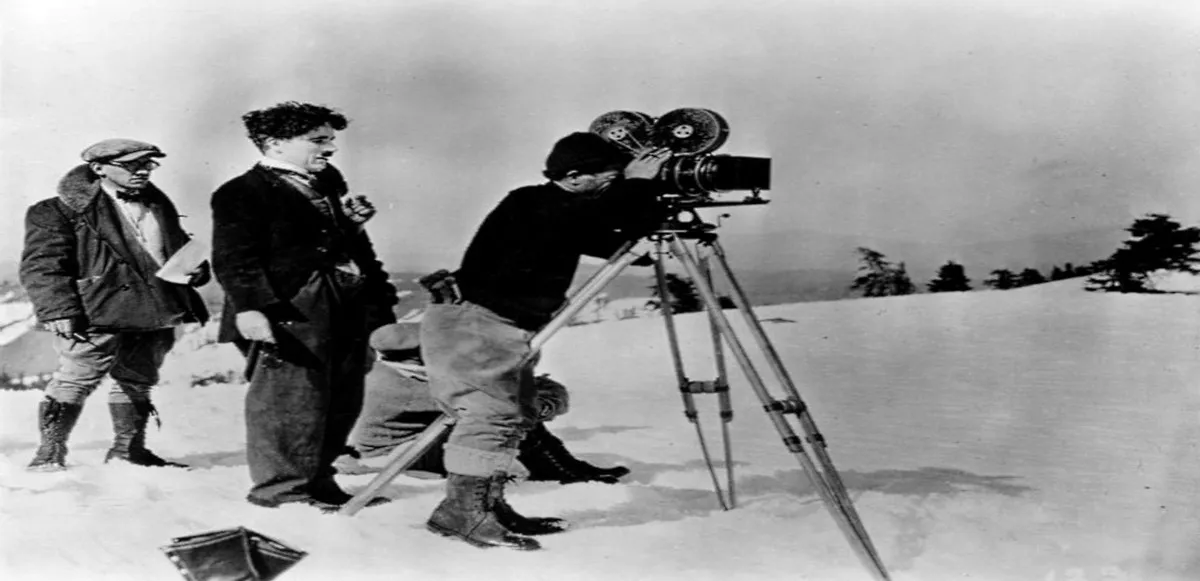
Finally, the enduring value of “The Gold Rush” lies in its portrayal of American social history.
The film vividly depicts the historical context of the Gold Rush and the challenges faced by those pursuing the American Dream.
Through the film, viewers gain insight into the social landscape and the lives of people during that era, enhancing their understanding of history and social evolution.
In conclusion, the influence and enduring value of “The Gold Rush” lie not only in its achievements in film art but also in its message of optimism and courage and its portrayal of American social history.
This classic work has had a positive impact on various levels, becoming an essential and influential piece of cinematic history. Its profound social significance and lasting value will continue to shine, inspiring generations to come.
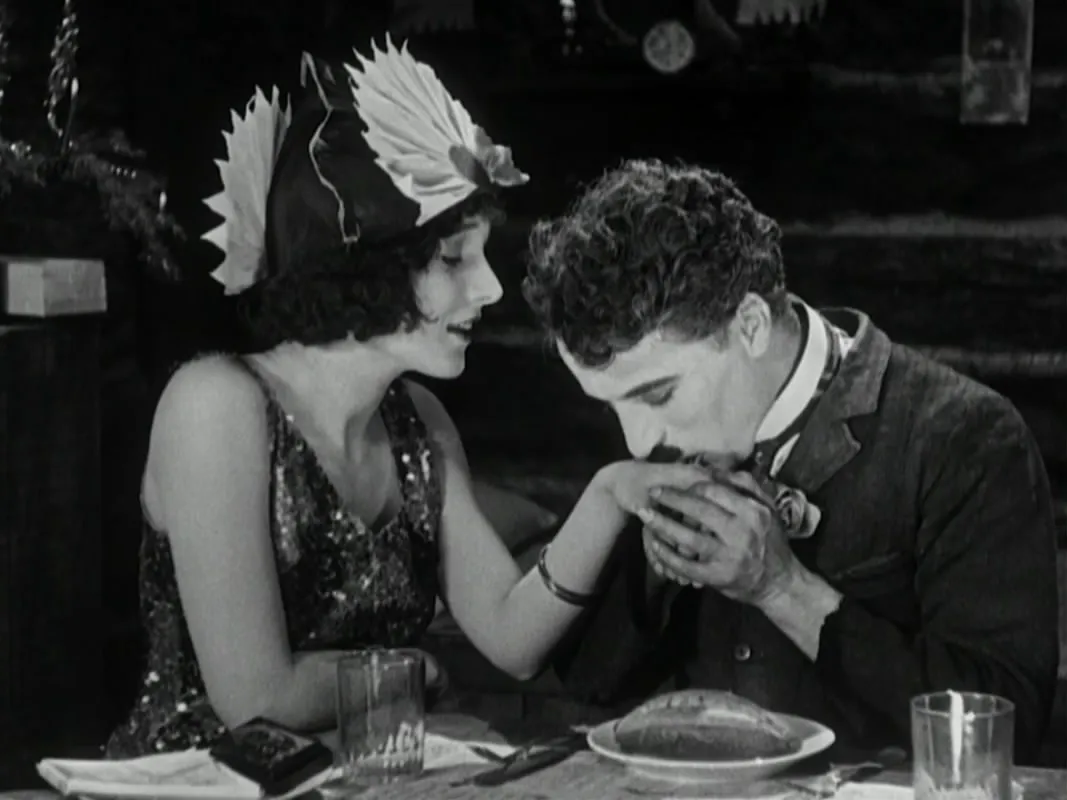
Conclusion:
“The Gold Rush” is a timeless classic that continues to shine. Through an exploration of its historical context, directorial techniques, and social significance, we gain a deep appreciation for its charm and depth.
It not only allows viewers to experience the spirit of a bygone era but also reveals the resilience and optimism of the human spirit through laughter.
The value of “The Gold Rush” transcends time, remaining a brilliant star in the history of cinema, continuing to influence generations and convey profound social messages.